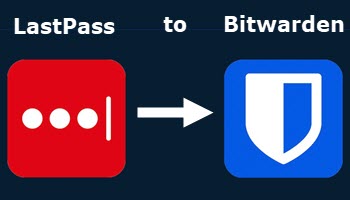
Importing passwords from a browser or other password manager is tricky for non-technical users. Other top password managers are a great deal more user-friendly than Bitwarden, which is its biggest drawback. It doesn’t have as many extra features as some of its top competitors, like Dashlane’s VPN or 1Password’s Travel Mode, but it has a unique Send feature that lets you securely send sensitive information and files to non-Bitwarden users.

I tested all of Bitwarden’s features for security and usability, and it performed rather well - it’s actually one of the best options on the market for advanced users, but it’s not as good as competitors like 1Password.īitwarden has all the security tools that I expect from a premium password manager, including strong encryption, two-factor authentication (2FA), password security auditing, password breach monitoring, and cloud or local hosting options. But for Import source, select Other CSV.Bitwarden is a secure open-source password manager that comes with heaps of extra features and a remarkably low price tag.

Or open the file, select Save as, and save the file as a CSV file. Check for ".csv" at the end of the filename.

Make sure the file you're importing is a CSV file.

If your import takes too long, split the data into multiple CSVs and import it in smaller batches.Make sure your Dashlane app is up to date.If the import isn't working at all, follow these troubleshooting steps:


 0 kommentar(er)
0 kommentar(er)
